
This week, with great excitement, Angama Guide Salash and I took an extensive night drive to investigate some nocturnal activities in Kimana Sanctuary. The recent arrival of two lionesses has changed the lion dynamics in the Sanctuary, and for the past three weeks, we've had numerous sightings of these majestic felines — and all the drama that comes with it. The beautiful crescent moon added to the scene.
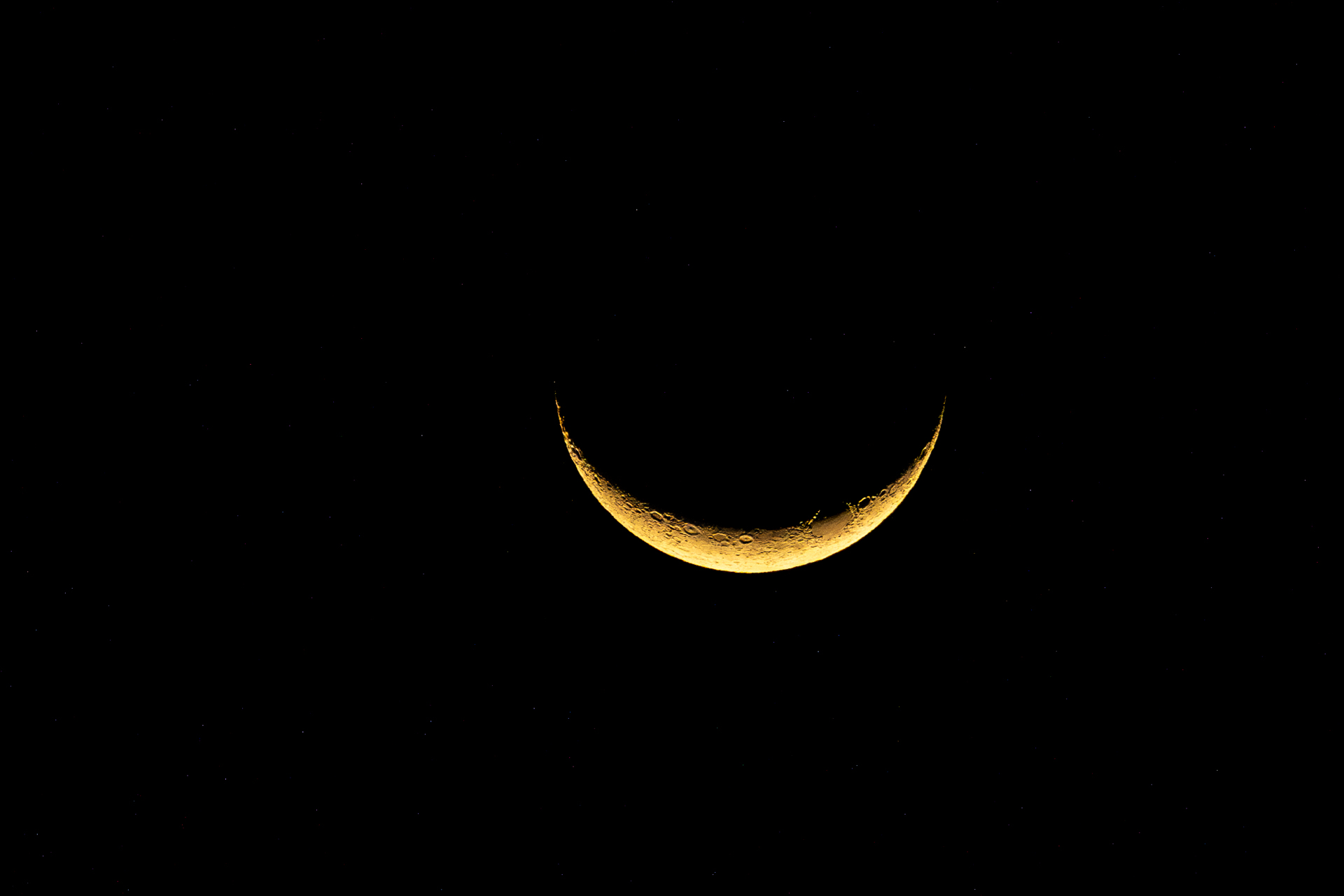
As I was gearing up, we heard roars near the camp, giving us a clear direction to start in. It was Osunash and his companion, Male 263, most likely calling for the females. The nearby buffaloes were very alert, disturbed by the sounds and clearly not about to sleep peacefully. Soon after, the two males started dozing off, so we set off to find the lionesses, who we assumed were out hunting.

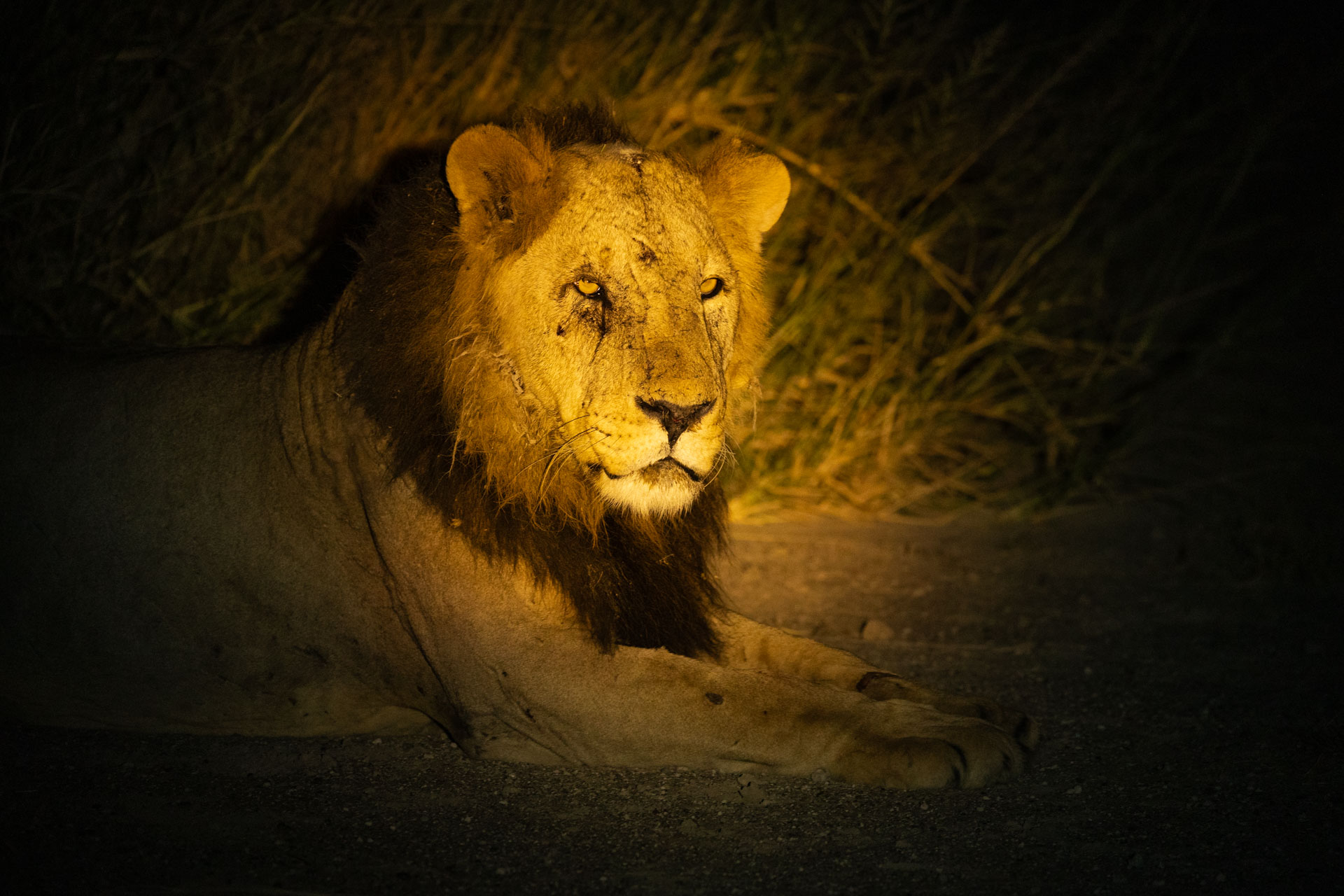
It didn't take long before we found them, and just as we suspected, they had a freshly killed warthog. One was a bit shy and took cover in the long grass, but her counterpart was remarkably brave, standing firm next to the kill, alert to our presence but not threatened. After taking a few bites, she firmly grasped the kill with her powerful jaws and moved it out of view into the tall grass. This is typical behaviour for most big cats when they perceive a risk of losing their meal to scavengers.

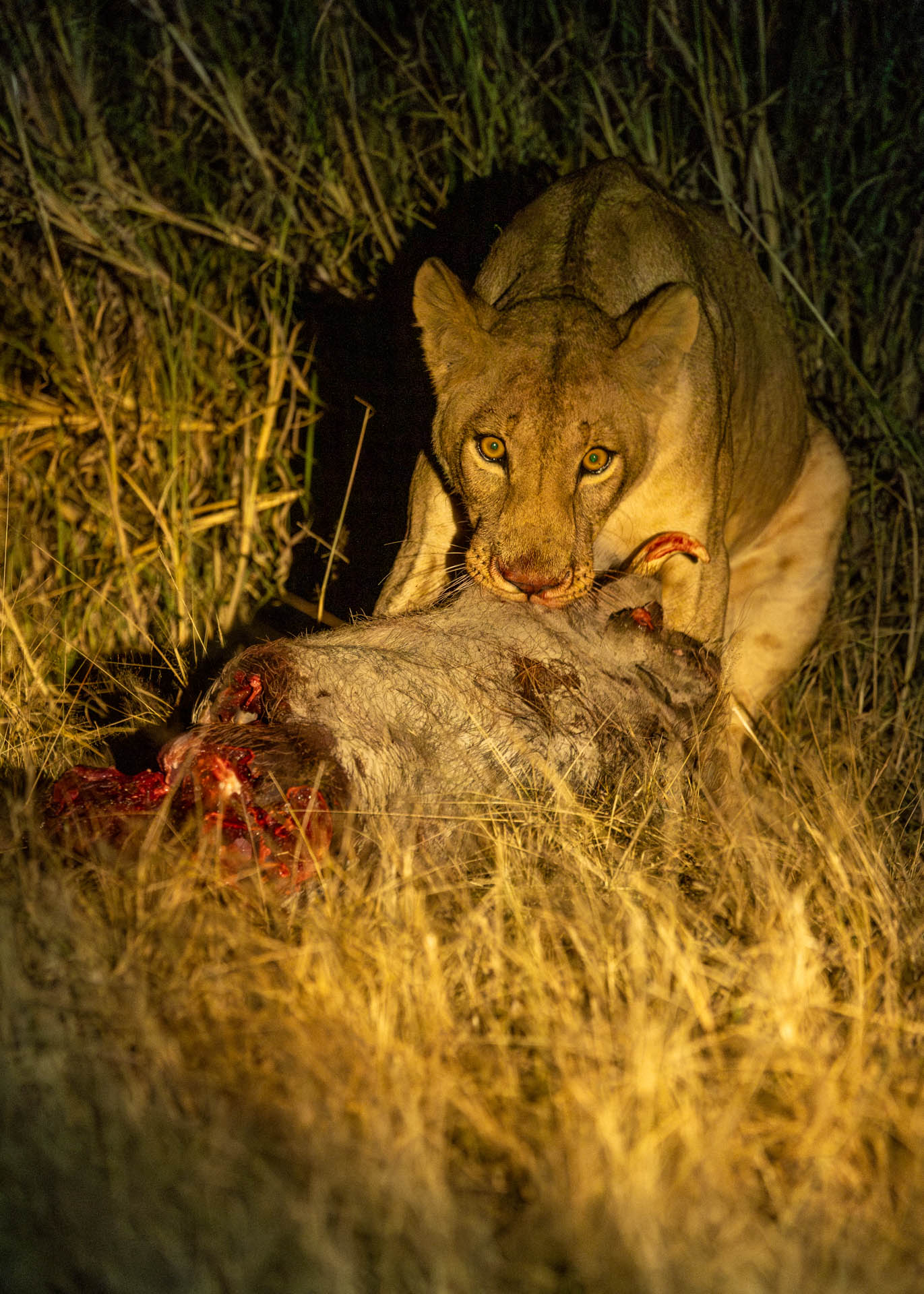
The lionesses have been actively hunting throughout the Sanctuary, leaving a trail of carcasses in their wake. Of course, hyenas have been taking advantage of the leftovers, and we observed many of them lingering around the carcasses.

Fascinating creatures that often get mistaken for one another are the scrub hare and the springhare. We were fortunate to observe both in the same area, highlighting the diversity of nocturnal wildlife in Kimana Sanctuary. With its distinctive kangaroo-like appearance and powerful hind legs, the springhare was virtually flying, effortlessly springing to evade our spotlight. Its large eyes and ears, adapted for nocturnal activity, glowed in the light's beam as it sprang to the refuge of its burrows.
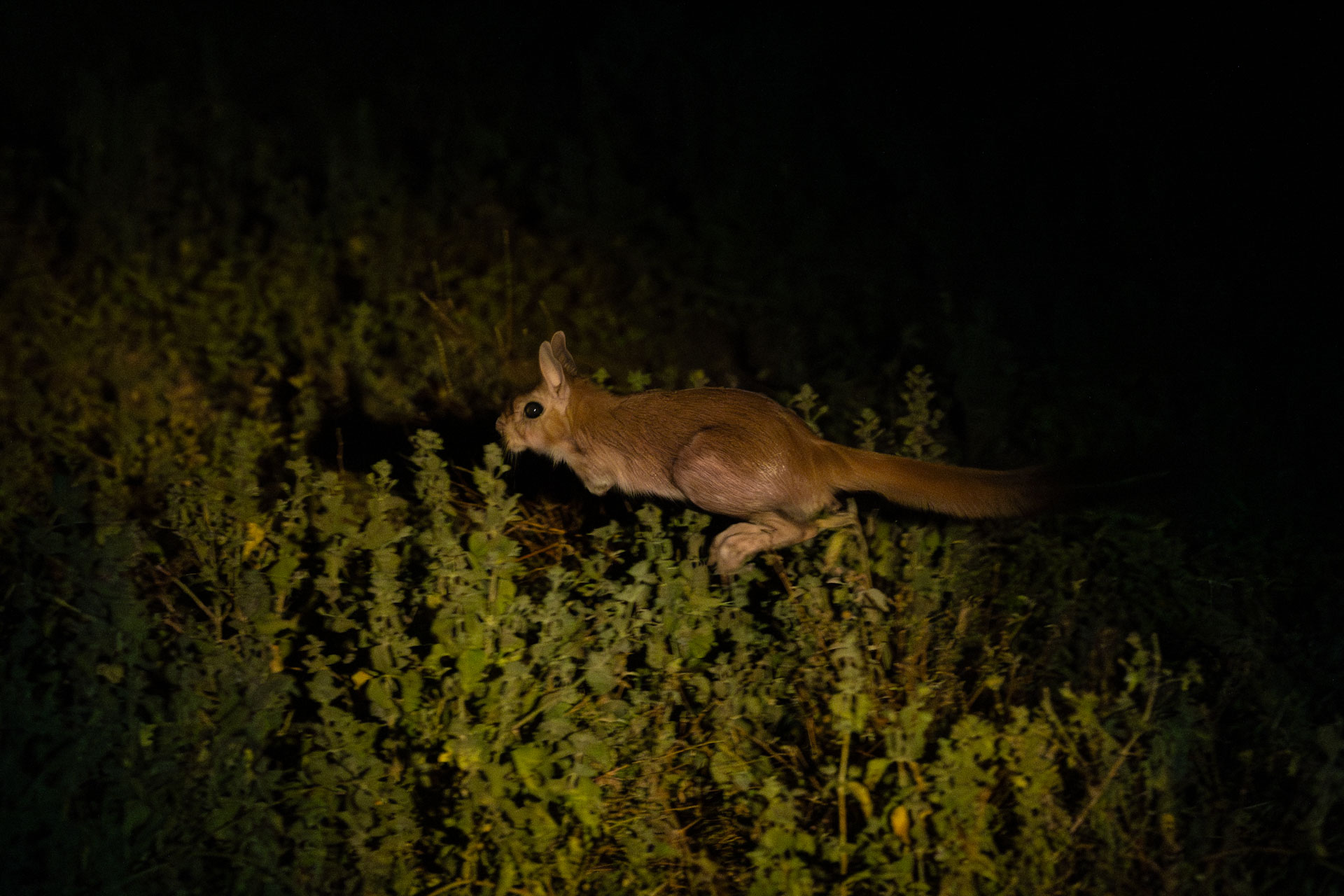

I thought it might emerge from its burrow after it deemed the danger had passed, however, Salash, our knowledgeable Guide, explained that these underground dwellings are quite extensive and complex, typically consisting of multiple entrances and an intricate network of tunnels. Thanks to this information, I realised we could have waited for a while, but luckily, the odds were in our favour.
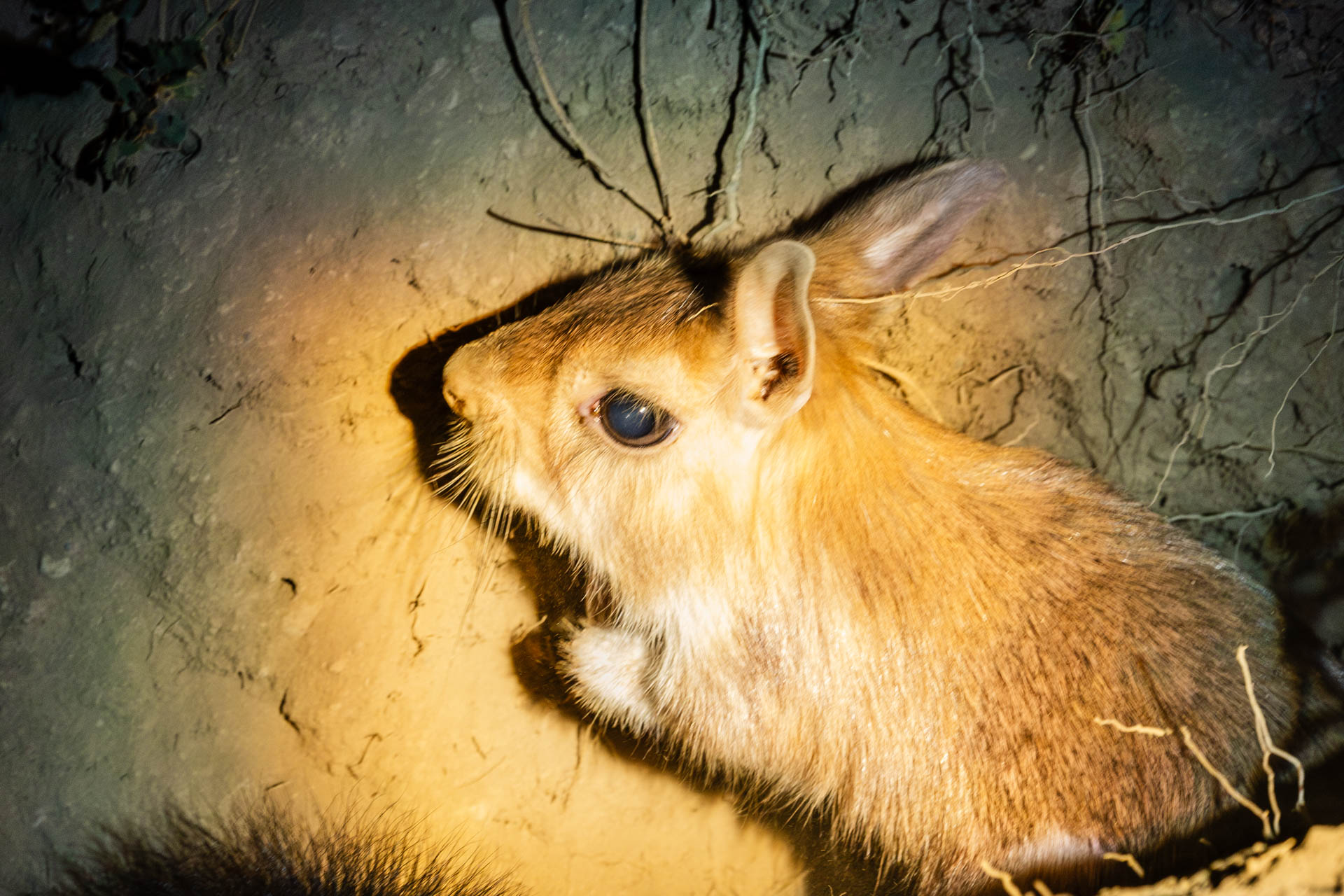
Wattled starlings are nomadic resident birds in eastern and southern Africa. During one of her game drives, Angama Guide Alice, and her guests witnessed a fascinating sight: a huge flock hitching a ride on the back of Vronsky, one of the upcoming Super Tuskers of Amboseli from the VA family. This behaviour is common, as starlings feed on insects disturbed by elephants and other large animals as they forage. How these two very different species relate to each other reveals a form of symbiosis known specifically as commensalism, where one species benefits (the starlings) while the other (the elephants) is neither significantly helped nor harmed.

Despite being nonvenomous, the African rock python is widely feared. Native to sub-Saharan Africa, it is a large constrictor and the continent's largest snake, ranking among the seven largest snake species in the world, akin to the anaconda of the Amazon. A recent sighting of this terrestrial predator constricting and swallowing a flamingo was captured by Guide Salash. The African rock python's preference for the marshy habitat of Amboseli National Park is no coincidence, as these areas are rich in prey, such as small mammals, birds, amphibians, and fish. Being opportunistic feeders, African rock pythons take advantage of the abundance of food in these marshy environments �� which also provides excellent camouflage.
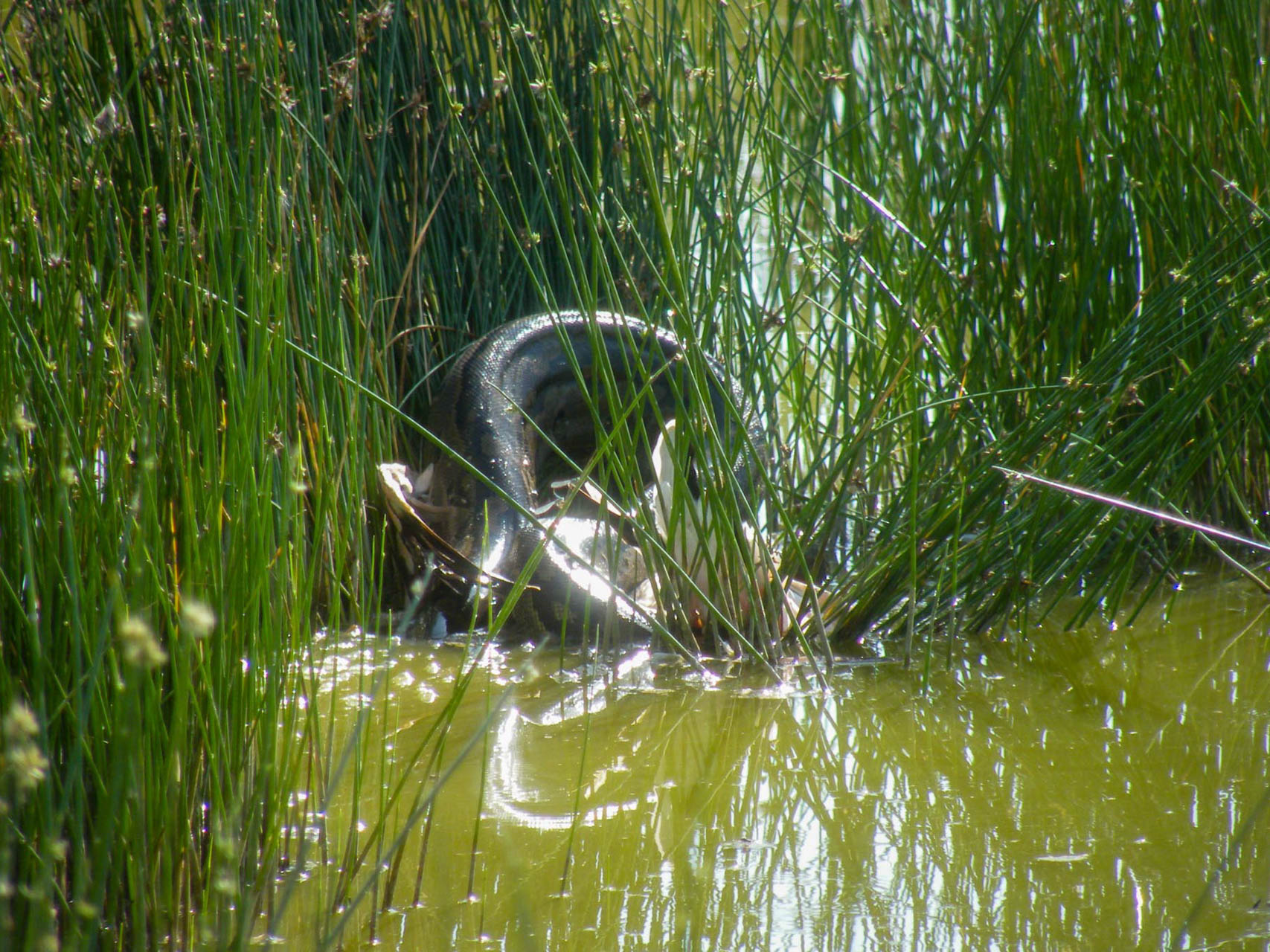

We will leave you with a compilation of recent wildlife encounters from our trail cameras, including Osunash pleasantly marking his territory by urinating on one of our trail cameras near Guest Suite 10. –Sammy Njoroge
Morning drives are typically incredible, with plenty of wildlife to see before the sun sends them scampering for shade. From a giraffe silhouetted at sunrise, two alert impalas sensing the presence of lionesses, to a martial eagle flying directly above us, a malachite kingfisher perched next to water ready to dive, and hippos blowing water from their nostrils as they rise to the surface — these are the thrilling scenes a morning drive offers in the Triangle.
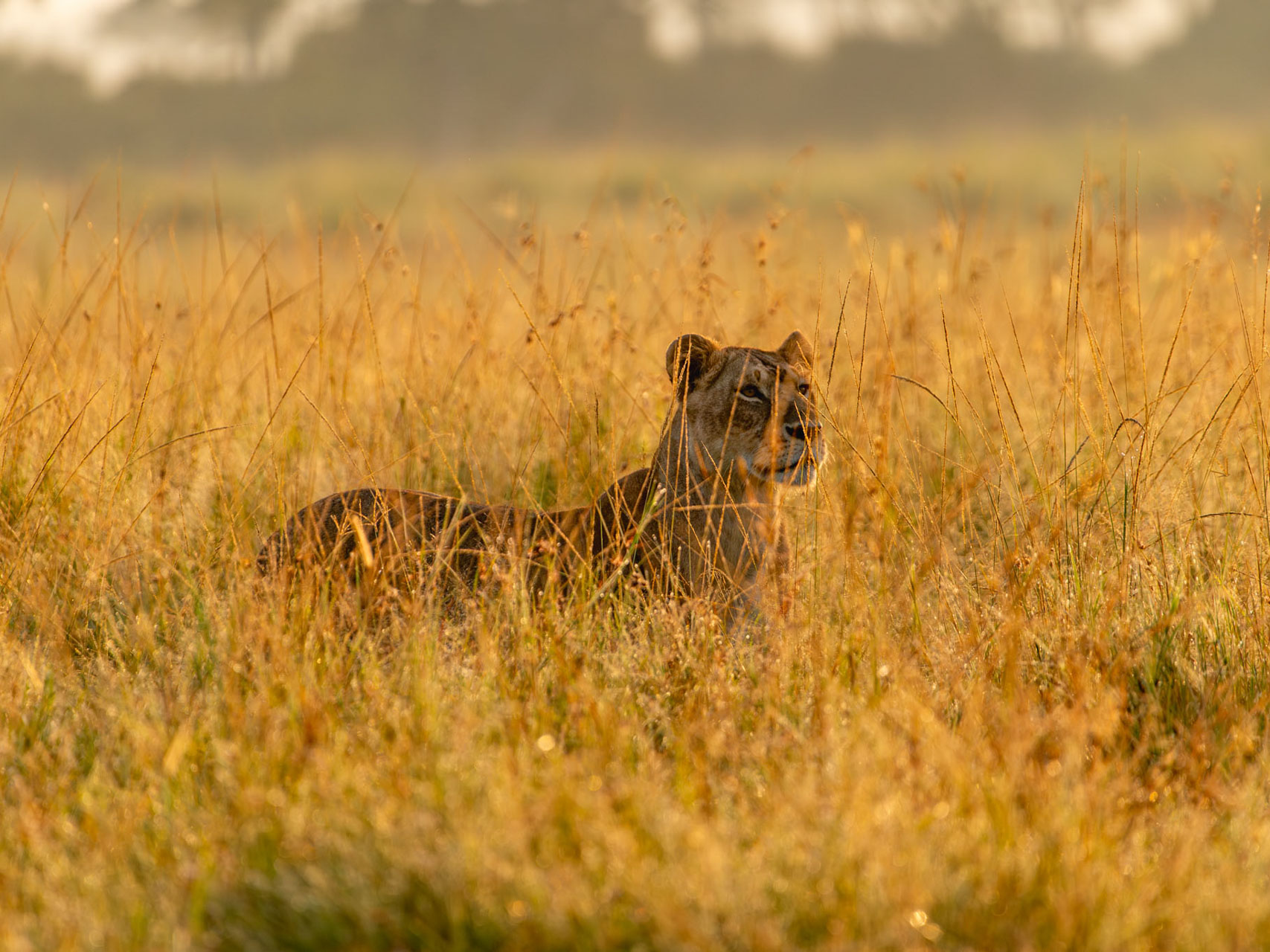

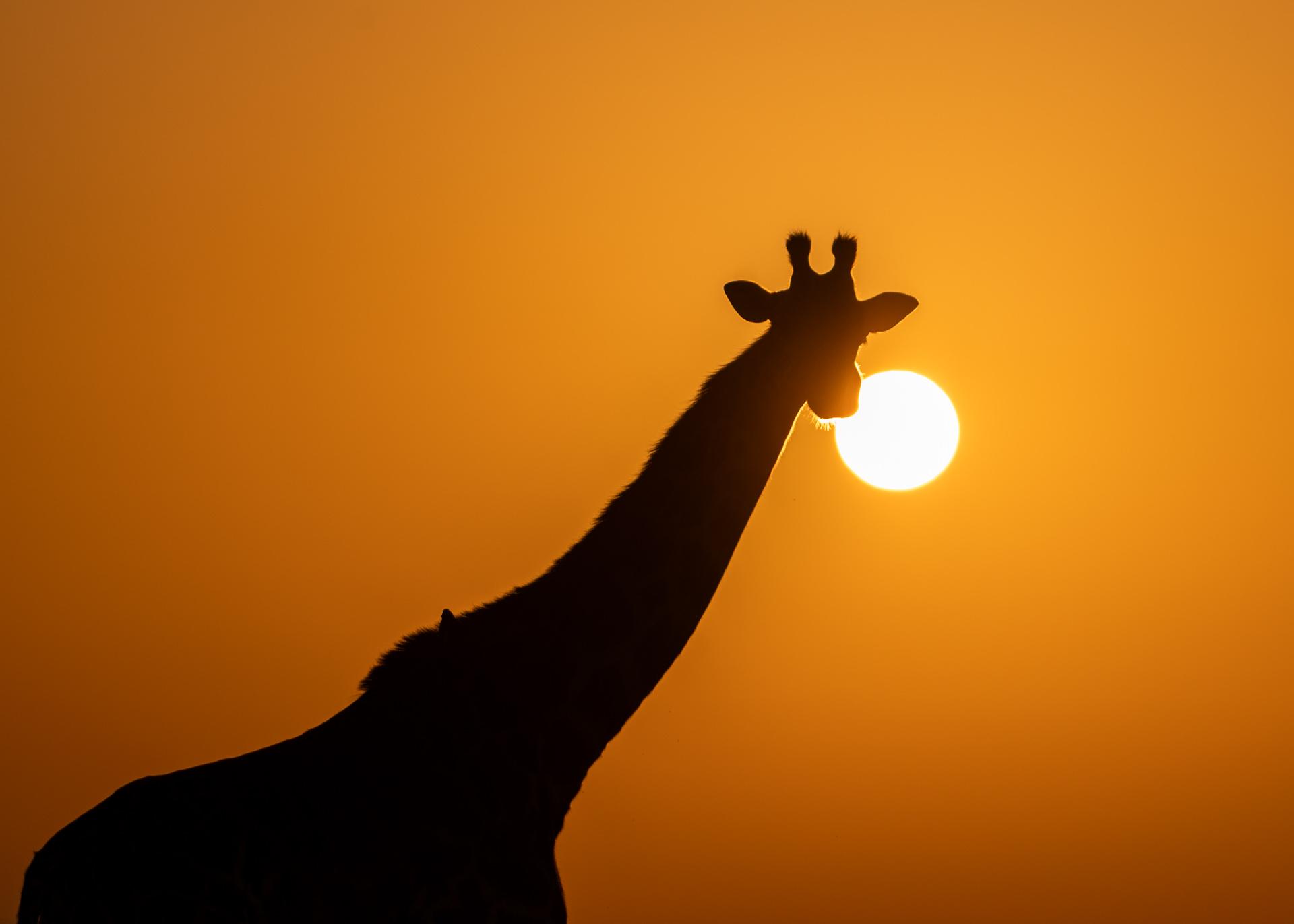
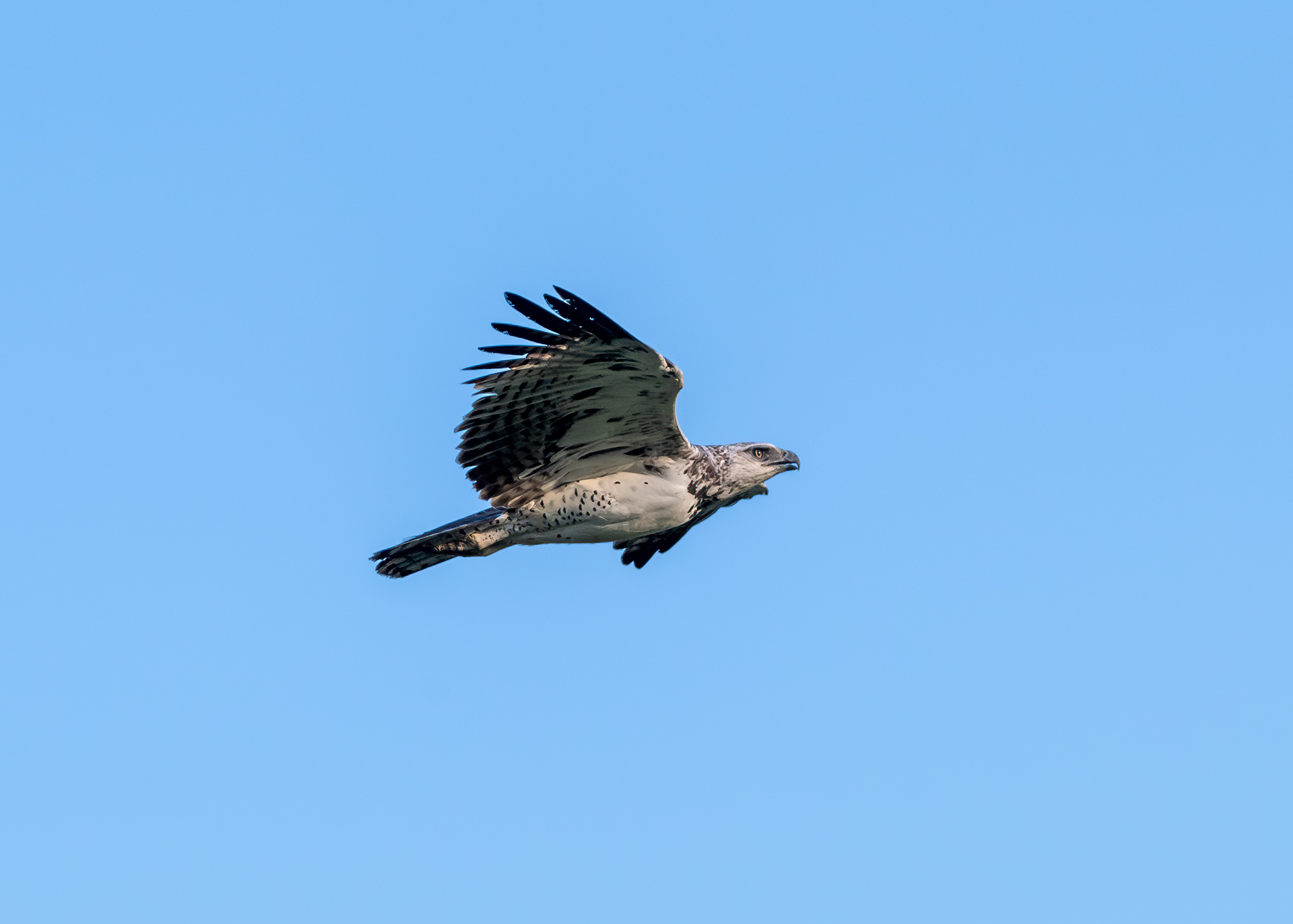


Leopard sightings have been challenging as of late, thanks to the long grass providing them with perfect cover. But this week, we have been extremely fortunate to spot two mothers, each with a single cub. The first sighting was a female and cub we originally saw back in March around the BBC area. We are thrilled that the cub has survived thus far, as pre-independence cubs have a survival rate of less than 50% in their first three months. Although we didn’t capture the cub on camera, we knew of its presence as it rustled through the long grass.

The second mother is a very well-known leopard called the Salt Lick Female. She successfully raised a female cub to independence, which we have featured in our blog several times, near the border with Tanzania. Usually very calm in the presence of vehicles, this time she appeared agitated, even though we gave her plenty of space. The reason for her agitation presented itself — a fluffy ball of spots trailing behind her. Angama guest Dave Matthews snapped a shot as mother and cub crossed an open area before disappearing into the long grass.
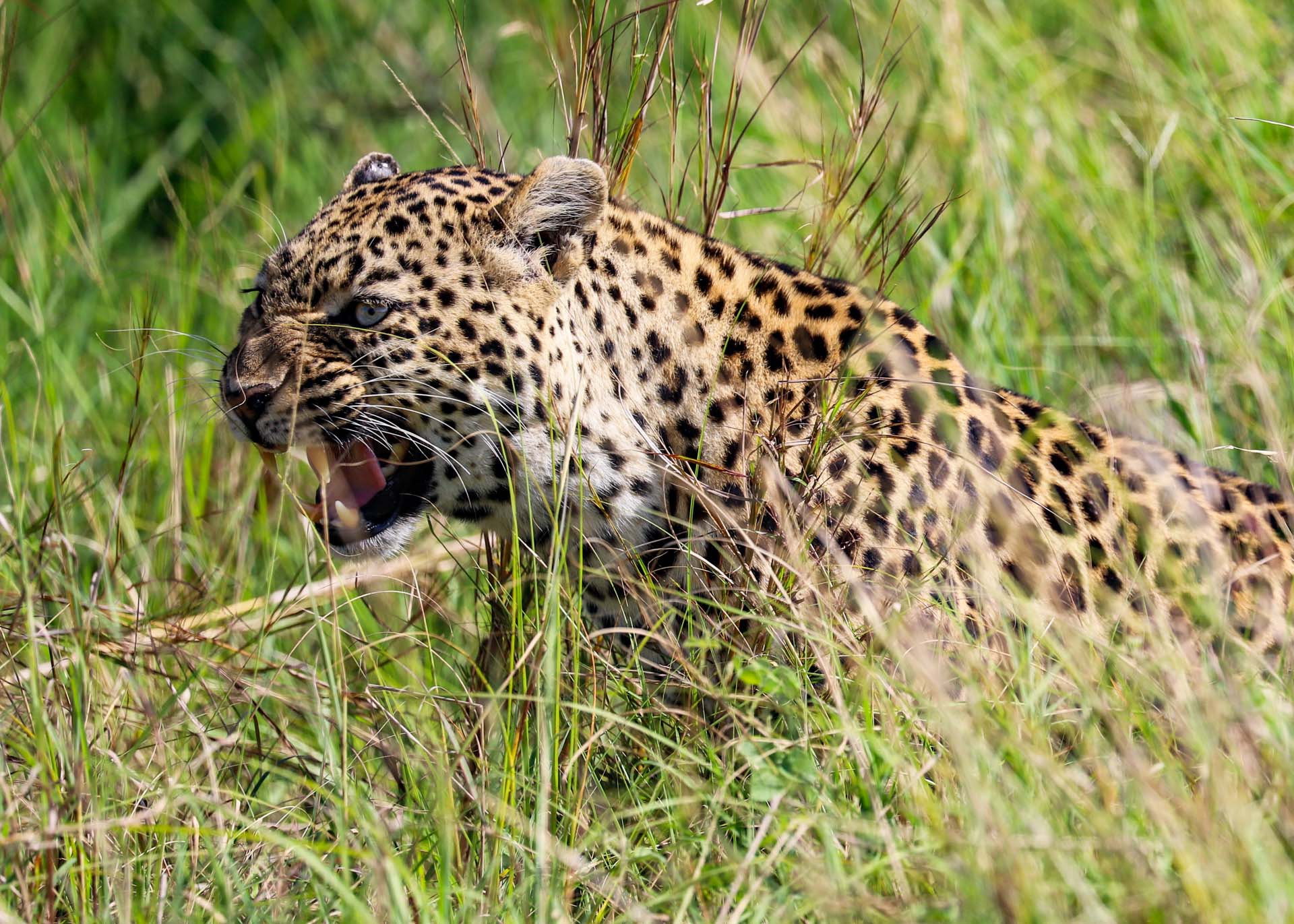
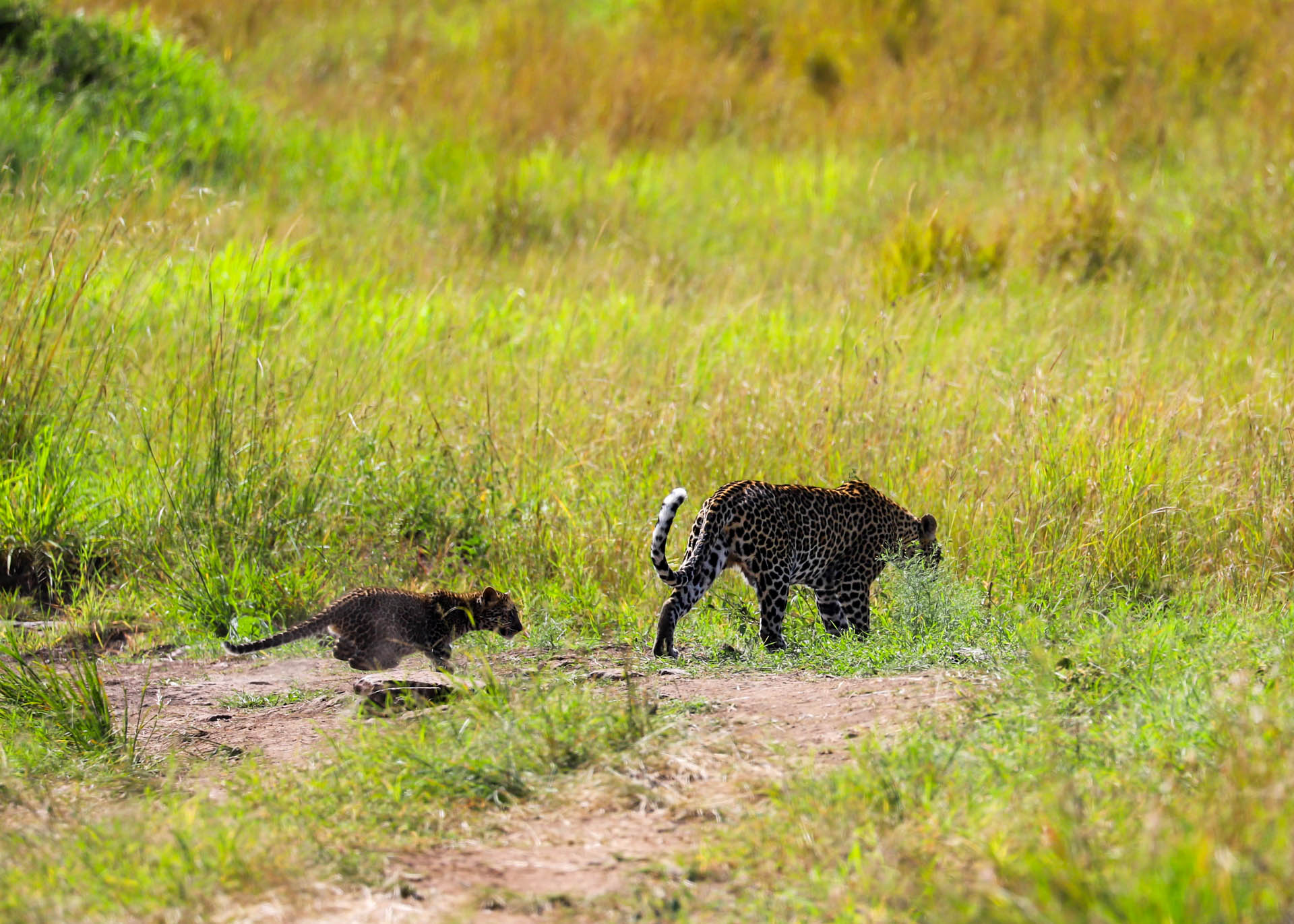
Sometimes, wild animals like to remind us who is the boss in these untamed territories. While a bull elephant in musth is a usual suspect, this time it was a tower of giraffes, gracefully walking with their heads held high. Here, wild animals have the right of way, and we never push them off the road under any circumstances. Towering above us, we are reminded how just how small we are in the presence of such mighty giants.

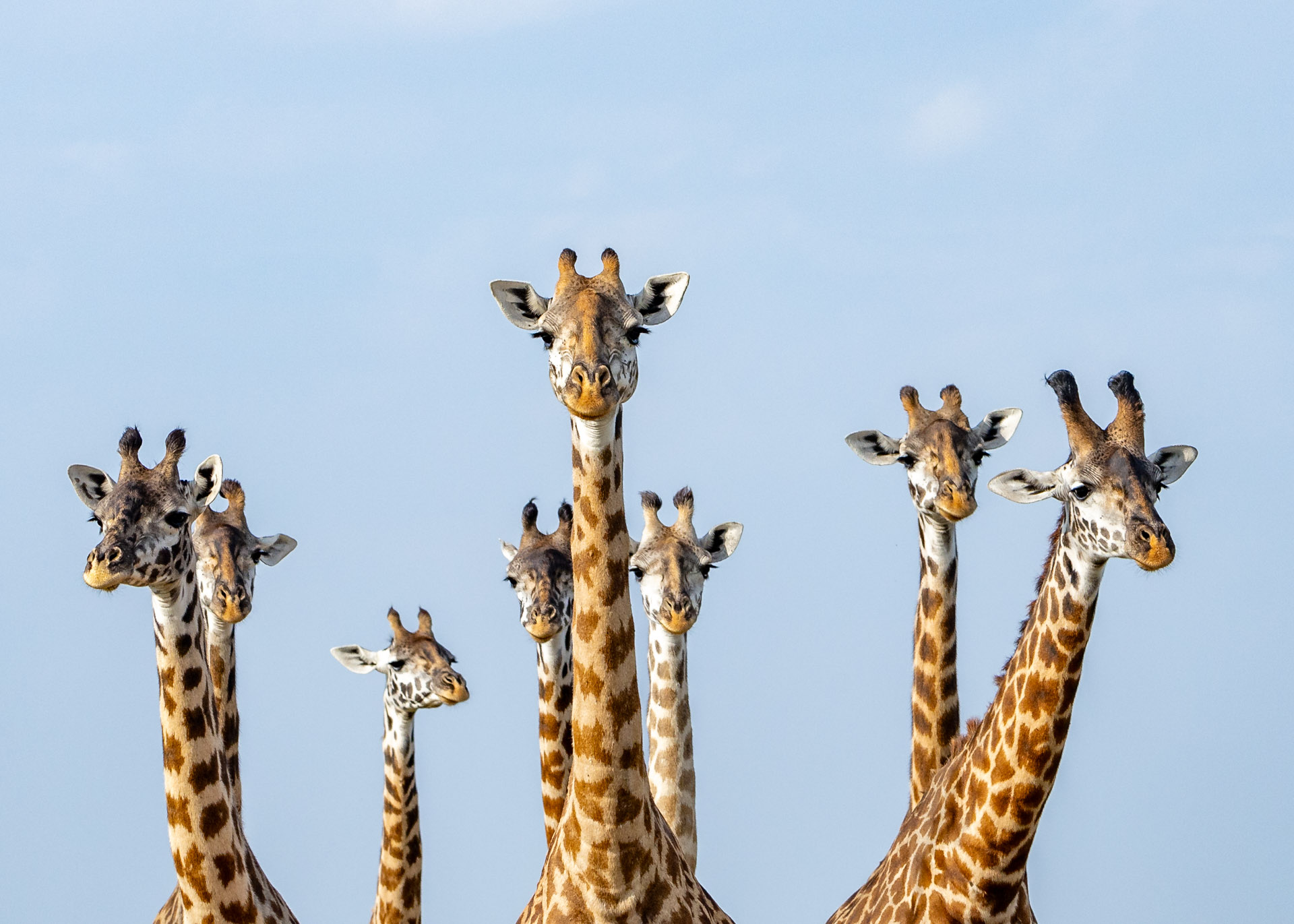
Juvenile martial eagles have pale upperparts, faces, and throats and lack the spotting on the underside seen in the mature adult. Their eyes are brown, and their cere (the fleshy area between the beak and eyes) and toes are a whitish grey. This plumage is maintained through several moults for four or five years. Once they have reached this age, they moult into their adult plumage almost completely within one season.
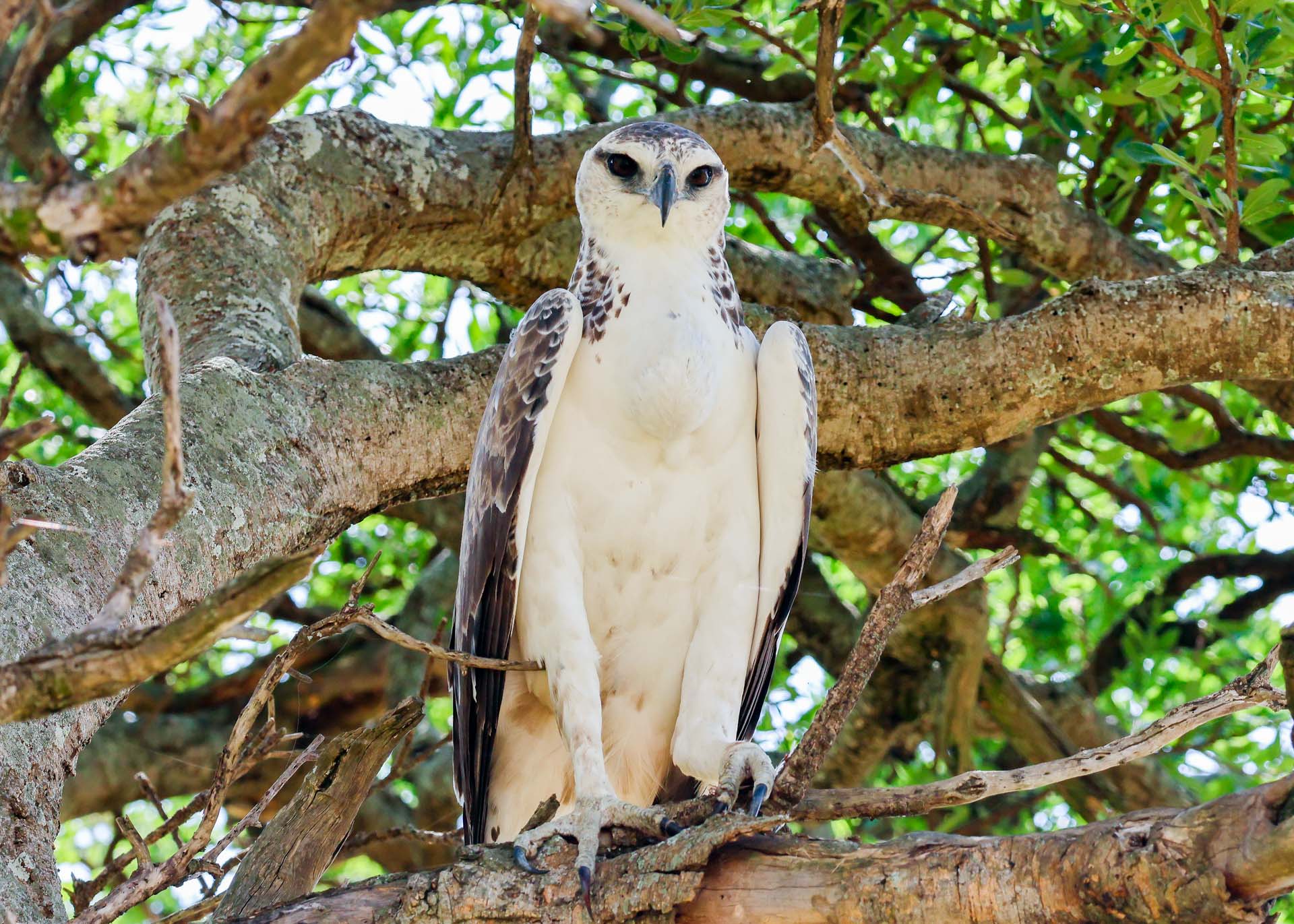
One of the cutest wild animals has to be these foxes with their unusually enormous ears resembling bats — hence their name, the bat-eared fox. Their ears, which are full of blood vessels, shed heat and help keep the fox cool. These satellite-like ears also give the fox a very good sense of hearing, helping them locate prey that can even be underground, including termites which are a major part of their diet.
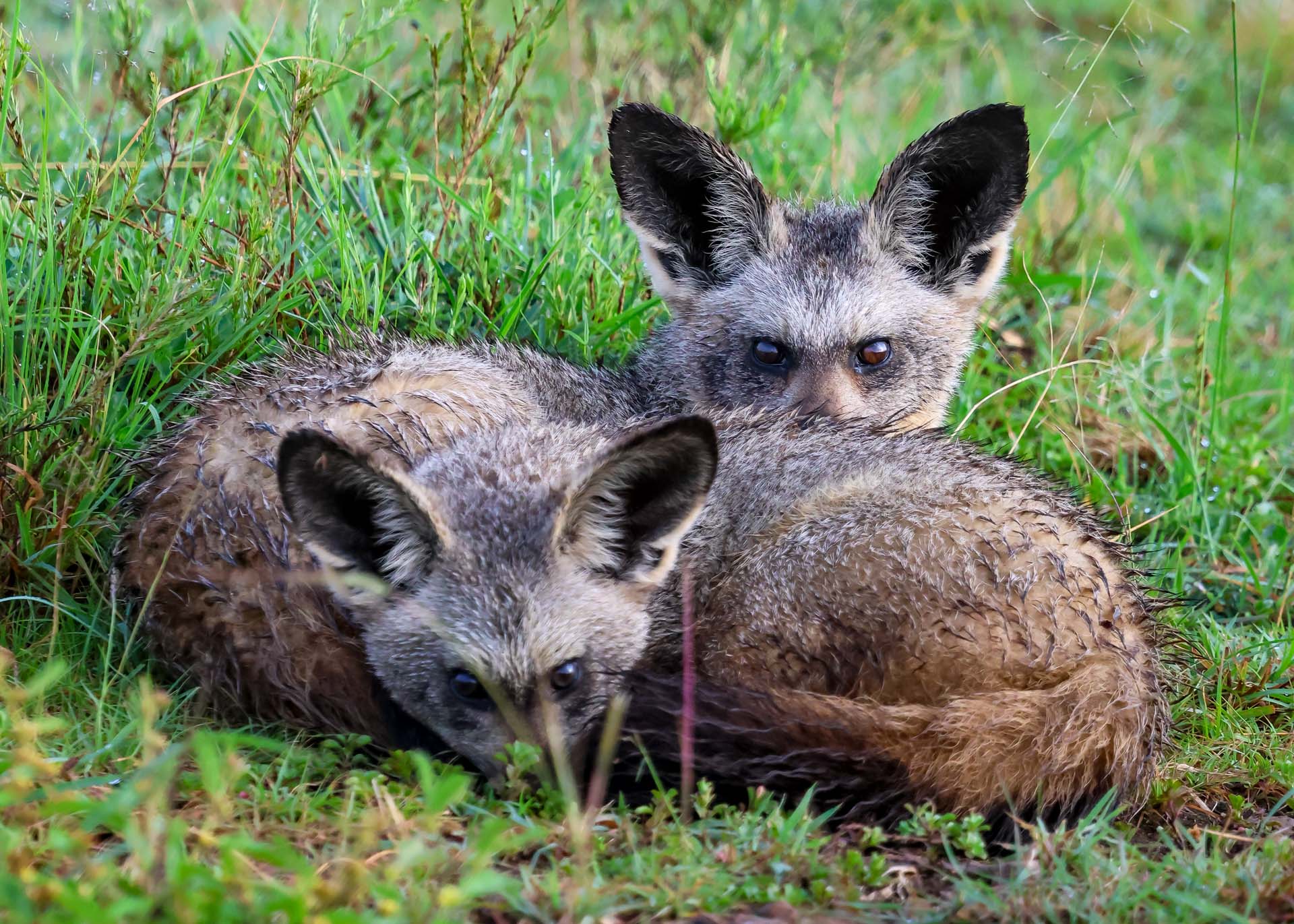
The preparation for the Great Migration is underway as some sections of the Triangle undergo controlled burning, thus stimulating the growth of fresh grass. This rotational system ensures different areas have enough time to grow and mature for a thriving ecosystem. We hope to see the first of the herds arriving in the next few weeks and look forward to sharing all the drama that is sure to follow. –Robert Sayialel

Filed under: This Week at Angama
Subscribe for Weekly Stories
Comments (0):

The Angama Shamba